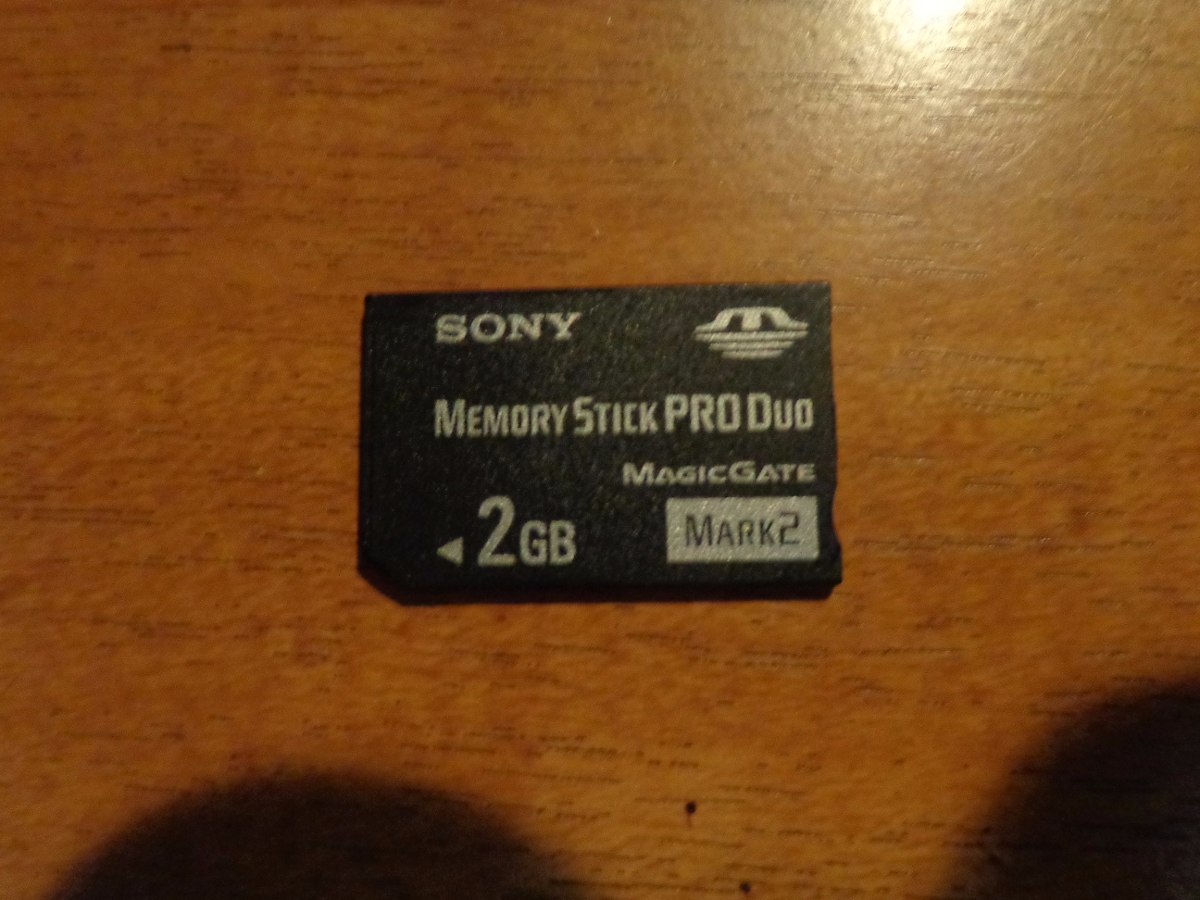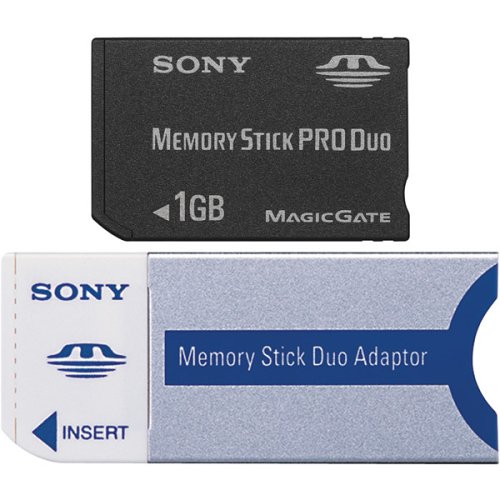

Some early examples of Memory Stick usage by third-party companies include Sharp's MP3 players, Alpine's in-dash players, and Epson's printers. Other companies were also licensees to the format.

In October 1999, Sony licensed the technology to Fujitsu, Aiwa, Sanyo, Sharp, Pioneer and Kenwood, in a bid to avoid a repetition of the Betamax failure. The original Memory Stick, which was launched in October 1998, was available in capacities up to 128 MB.

Despite this, Sony continues to support Memory Stick on certain newer devices through the use of adaptors. With the increasing popularity of Secure Digital around 2010, Sony started to include SD in their devices, marking a surrender by Sony of its format war in the memory-card business and the end to further serious development of the format.
#8gb memory stock pro portable
In addition to the original Memory Stick, this family includes the Memory Stick PRO, a revision that allows greater maximum storage capacity and faster file transfer speeds Memory Stick Duo, a small-form-factor version of the Memory Stick (including the PRO Duo) the even smaller Memory Stick Micro ( M2), and the Memory Stick PRO-HG, a high speed variant of the PRO to be used in high-definition video and still cameras.Īs a proprietary format, Sony exclusively used Memory Stick on its products in the 2000s such as Cyber-shot digital cameras, Handycam digital camcorders, Sony Ericsson mobile phones, WEGA and Bravia TV sets, VAIO PCs, digital audio players, and the PlayStation Portable game console, with the format being licensed to a few other companies early in its lifetime. The Memory Stick is a removable flash memory card format, originally launched by Sony in late 1998. Memory Stick PRO, Memory Stick Duo, Memory Stick PRO Duo, Memory Stick PRO-HG Duo, and Memory Stick Micro From top to bottom: Memory Stick PRO, Memory Stick PRO Duo, Memory Stick Micro (M2)


 0 kommentar(er)
0 kommentar(er)
